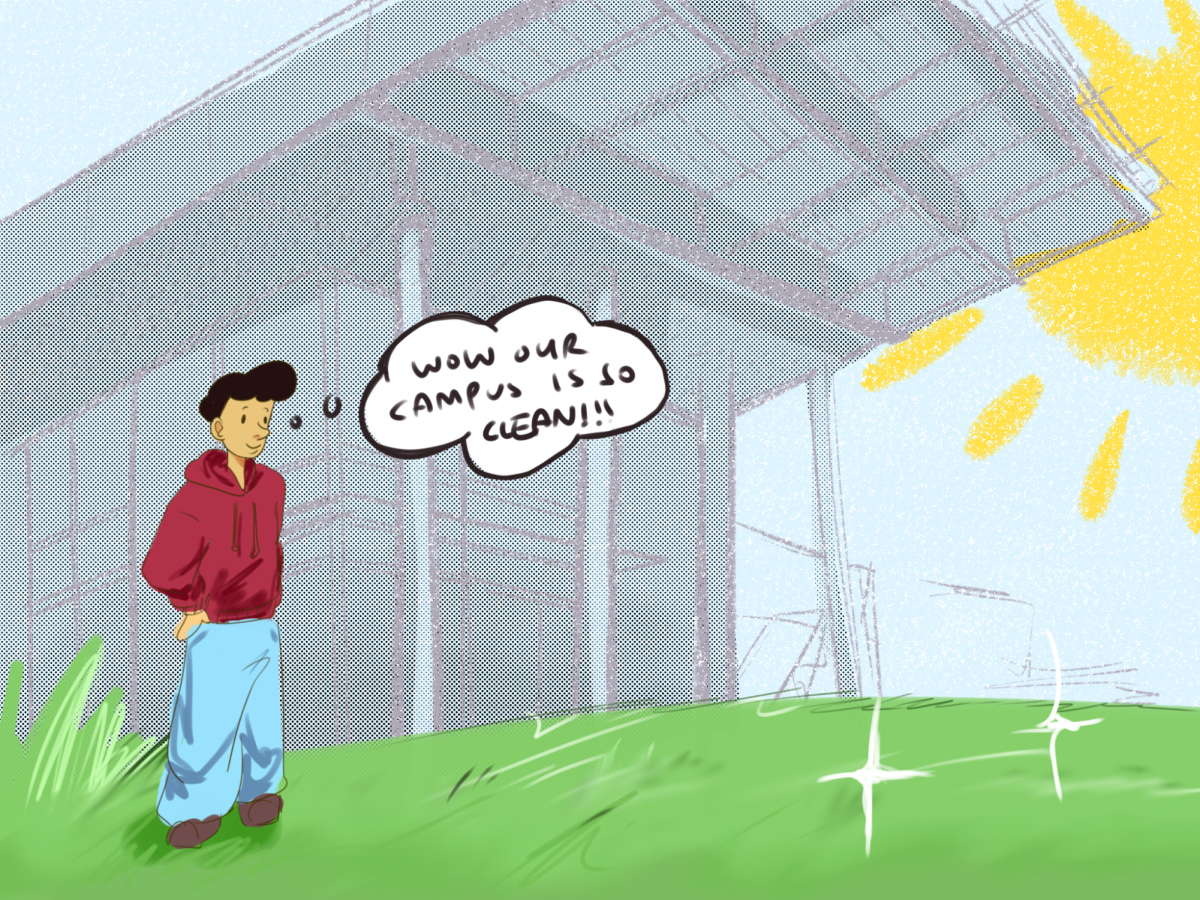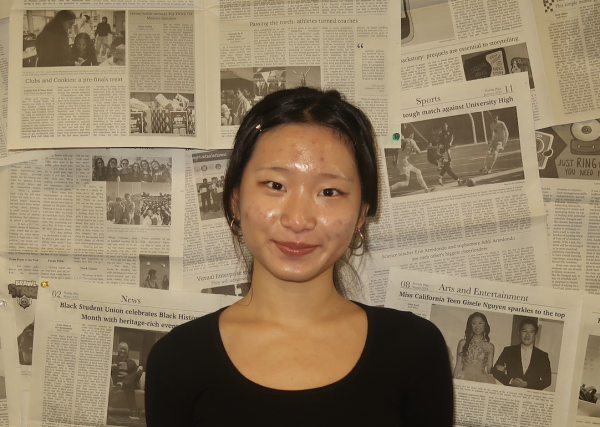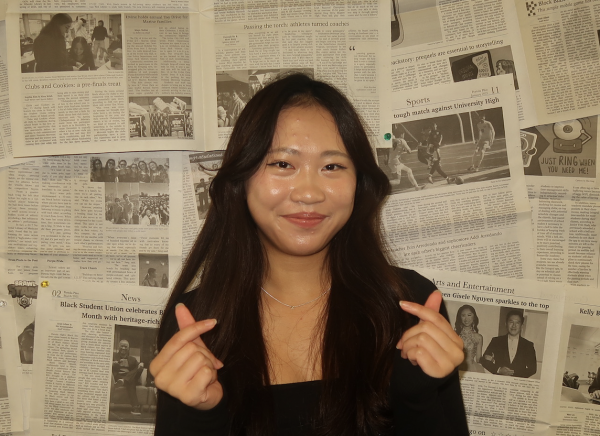When Bulldogs stepped onto campus this year, one of the first changes they noticed was right under their feet. Over the summer, Portola High replaced the natural grass that once spread over campus with artificial turf, a better alternative that helps conserve resources and beautifies the campus.
With the expansion of the student body on campus, the natural grass was becoming increasingly worn out, messy and difficult to maintain. To address this problem, Portola High’s administration sought a replacement that would require less maintenance and provide students with a cleaner, more functional space.
“[The district was] able to come in and put something in that’s a little bit more environmentally friendly in that it doesn’t take as much water, but at the same time, gives us a nice space to spread out on,” principal John Pehrson said.
Moreover, the artificial turf is a resource-efficient addition to Portola High, which was built on a water-conservation and drought-tolerance plan, according to AP Environmental Science teacher Courtney Moder. Keeping so much real grass alive was wasteful and unsustainable, especially in California, where droughts strike often.
“In California, every few years or so, we have a pretty bad drought where things get really dry, and so it’s helpful to have plants that [do] not have to be watered as much,” Moder said.
While some students admire the clean look of this new change on campus, others voice concerns. Though artificial grass seems to be more eco-friendly than natural grass by requiring reduced water usage and upkeep, it poses some environmental drawbacks, according to Animal and Environmental Protection club member and senior Irene Lee.
“From an environmental perspective, there are some concerns,” Lee said. “Artificial turf is made from plastic, which means it generates microplastics over time, and that can [build up] on hot days, especially since California sunlight is really strong, and I feel like it doesn’t support biodiversity the way natural grass does.”
Nevertheless, the new addition will encourage students to take greater pride in their surroundings, which is especially crucial as the number of Bulldogs on campus increases.
“Projects like this that help beautify your campus really help people feel better about their campus and ultimately treat it with more respect,” Pehrson said. “Obviously, when you have 2800 students, not everybody is respectful to the school property, but for the most part, I think when students feel better about where they hang out, they treat it better.”
Ultimately, the replacement of natural grass, which was worn out and leads to water waste, with turf at Portola has improved the cleanliness of the school while maximizing space and encouraging students to treat the campus with more respect.





